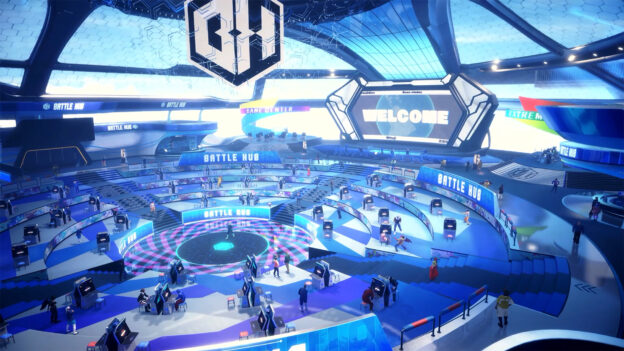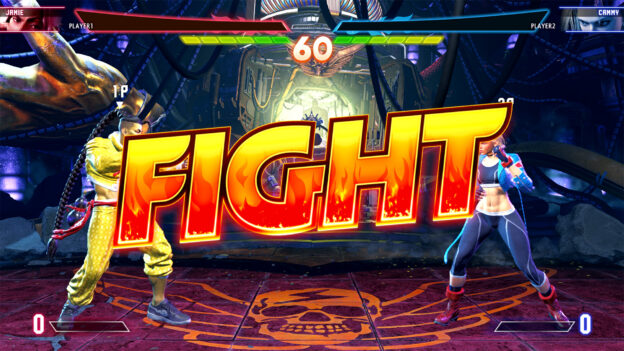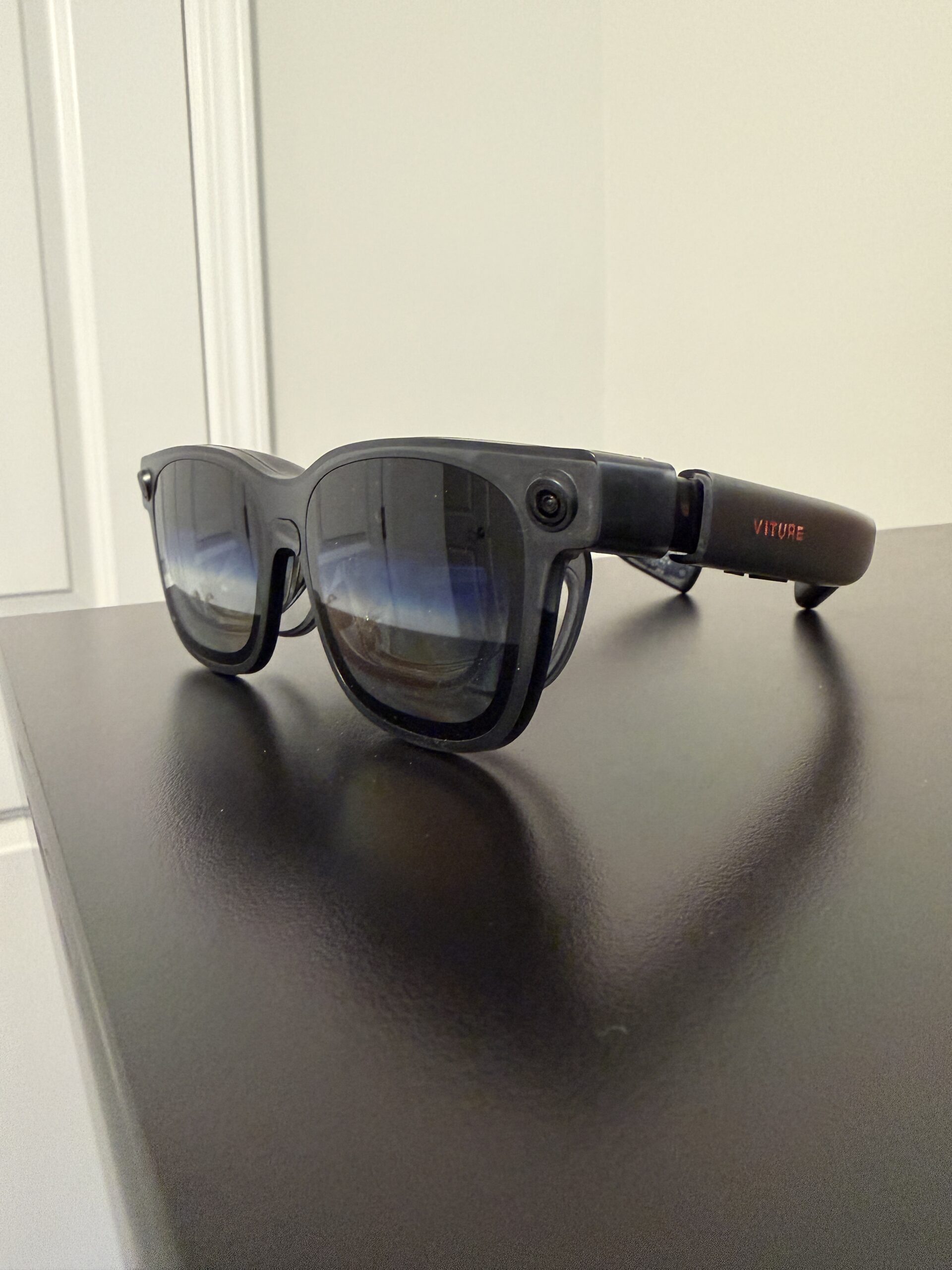Review: Street Fighter 6: Years 1-2 Fighters Edition (Switch 2)

Street Fighter 6: Years 1-2 Fighters Edition was one of the first third-party games released on the Switch 2. Originally released on other platforms in 2023, this is a relatively recent title to be ported to Nintendo’s flashy new hybrid console. And, oh boy, are we glad to see it here.
The Street Fighter series has been around a long time. Like, a really long time. The original entry was released in 1987, with the now-famous Street Fighter II appearing in 1991. Street Fighter II became the dominant force in fighting titles, with many others following in its footsteps. Mortal Kombat, Tekken, and even Smash Bros. entered the scene and remain popular to this day. It turns out we love the fighting genre.
This begs the question; how do you keep this simple formula feeling fresh after all these years? Essentially, we’ve been virtually bashing each other (and literally bashing our controller) for almost forty years now. Graphics may improve, new characters might appear, but what keeps us coming back for more? Street Fighter 6 does an excellent job of answering that very concern.
On the surface, Street Fighter 6 has all the bells and whistles of its predecessors. Competitive fighting, one and two-player local modes, online battles, even quirky settings like bouts based on how much energy the real-life player exerts while bashing that controller. And they’re all great. What Street Fighter 6 adds—and what makes it truly stand out—is a brand-new mode called World Tour.
World Tour might as well be a completely separate game; it’s such a departure from anything I’ve experienced from the Street Fighter franchise before. To help convince you, the main menu is even split into three distinct paths: World Tour, Battle Hub, and Fighting Ground.
Things in World Tour begin with one of the most robust avatar-creation tools I’ve ever used. You can select the usual height, weight, skin tone, facial expression, etc., but you can also choose tattoos, piercings, scars, and muscle density on almost any part of your body. It’s terrific. And, if you don’t feel like spending hours creating your character, you can simply stick with one of the templates on offer to get you in battle faster. Perfect.
The story starts in a gym where you’re met by your new instructor, Luke. After a quick tutorial, it’s off to the streets to, well, fight. And level up. And fight some more. It’s not quite an open-world situation, but the multiple areas are large and ripe for exploring. Along the way are hidden items, shops, food trucks, and missions, giving you plenty to do.
Countless NPCs wander about, just itching to take you on. It’s all in good fun, though, with most fights serving as friendly encounters between people who just love to brawl. Each bout is confined to one round, meaning you’re not bogged down in overly long fights, but can balance these forays with your exploration time. Most battles are initiated by you, too, so you can pick and choose with whom to compete and how often. NPCs have a visible fighting level hovering above their head, allowing you to take on less challenging folk while you’re still leveling up.
There’s more to just picking fights, though. The main cast of legendary Street Fighter characters is also milling about, ready to impart their wisdom to you. This is where things shine even brighter. Since your fighter is unique to you (thanks to that avatar tool), it feels only right that you can pick and choose your moves. Starting off at Luke’s gym, you’ll already have his moves under your belt, but perhaps you prefer one of Chun Li’s? Once you’ve trained with her, you can keep Luke’s uppercut, for example, and also equip Chun Li’s Spinning Bird Kick. It’s amazing.
Let’s revisit some of those standard modes I mentioned earlier because, even though we expect them, we still need to judge them by 2025 standards. The traditional arcade story mode features a number of options. Obviously, you can choose your fighter, but you can also choose your fighting style and the color of your outfit. Plus, you can choose the number of battles, rounds, time limit, and more, which is a great way to cater the experience for those looking for different ways to play.
The online area is worth mentioning simply because we know the humble Switch had its fair share of issues with connectivity. I’m happy to report that Street Fighter 6 fares well here, allowing players to choose their fighter, customize them, and set out to find someone to beat up. It’s quick to load, and there was no noticeable lag in my testing. I also appreciate that you can choose between ranked and casual battles, allowing you to practise or play a little more competitively.
The Switch 2 version boasts two exclusive modes as well: Gyro Battle and Calorie Count. Gyro battles utilize motion controls so that, instead of pressing buttons, players rely on moving the Joy-Con to control their character. This simplified way to play allows you to tilt the controller left or right to control movement, shake it up and down to perform attacks, and tilt back to block. It might not be my favorite way to play, but it’s a neat distraction from any hardcore battles with AIs or pros. It’s also entertaining as a party game, particularly with new players.
In Calorie Count, fights are measured by the amount of calories your character (virtually) burns during each round. The winner is determined not by depleting your opponent’s health, but by moving more than them. This mode also uses motion controls, so it (kinda) feels like you’re getting some real exercise. Either way, it’s a unique twist on the typical gameplay format, and adds another silly way to play with friends.
Graphically, Street Fighter 6 looks glorious. This is a true highlight for the Switch 2, showing off the vibrant colors and resolution of Nintendo’s new console. It also moves smoothly, with battles performing at a sweet 60 fps. Well, except for the World Tour. To be honest, I didn’t even notice the drop, but it’s true that World Tour runs at 30 fps. It’s also true that this isn’t limited to the Switch 2 version. So, do with that information what you will. It all looks terrific and plays well, and that’s what’s important.
Overall, Street Fighter 6: Years 1-2 Fighters Edition does something very right with the series, taking the classic style we know and love and introducing a deeper RPG-like story mode. There’s so much to do in this game, it’s likely to be one of those titles brought out regularly over the course of the Switch 2’s lifespan. Ready? Fight!







